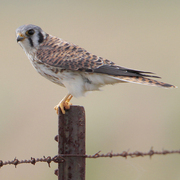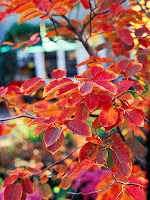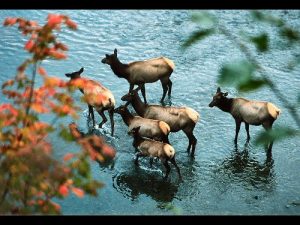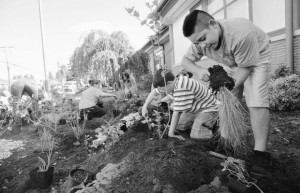Native landscapes celebrate the character, history, and identity of a particular community and region.
Using native plants can save you time and money, and they are beneficial to the wildlife, waters, soils, and humans that make up our local ecosystem!
What is a Native Plant?
Native plants are plants that grew naturally in our local area prior to humans introducing outside plants to grow and farm. Therefore, native plants have evolved in our local area, meaning they have adapted to climate, soils, timing of rainfall, drought, frost, and interactions with the other species inhabiting the local communities. Thus, native plants possess certain traits that make them uniquely adapted to local conditions, providing a practical and ecologically valuable alternative for landscaping, conservation and restoration projects, and as livestock forage.
Why Should I Plant Native Plants?
There are many advantages to using native plants for landscaping, beautification, and restoration projects, and they all come back to the fact they are adapted to the local environment, as mentioned above. In addition, native plants can match the finest cultivated plants in beauty, while often surpassing non-natives in ruggedness and resistance to drought, insects and disease.
Low Maintenance: Compared with lawns and mulched tree, shrub, and perennial plantings, landscapes planted with appropriate native plants require much less maintenance. Look forward to using less water, little to no fertilizer, little to no pesticides, less pruning, and less of your time!
Characteristics of native plants that reduce maintenance include:
- Longevity: plants that live for many decades
- Three to four-season interest: plants that are appealing most of the year
- Variable conditions: plants that tolerate a wide range of light and moisture conditions
- Weed elimination: plants that grow into dense groupings and eliminate weeds
- Decreased Water Dependency: plants that require little to no watering (except during establishment & drought)
- Insect & Disease Resistance: plants that maintain health through resistance to local diseases and pests

Create Wildlife Habitat & Viewing Opportunities: A native plant garden or large planting with a diversity of trees, shrubs, perennials, and grasses provides food and shelter for insects, birds, amphibians, and mammals throughout the growing season. Leaving seed heads and plant structure throughout winter provides continuing food and shelter for many creatures and provides opportunities to observe nature up close.
Support Local Ecology: Native plantings not only provide us humans with the benefits of landscapes teeming with colorful, active life to enjoy, but they also provide precious resources for our natural systems to function. As development replaces natural habitats, planting gardens, parks, and roadsides with natives can provide a “bridge” to nearby remaining wildlands and replace lost food and habitat for native wildlife. Native plantings contribute to overall quantity and quality of soil and water resources by stabilizing soil and allowing water to more efficiently water absorb into the soil. This also builds the system’s ability to prevent runoff, erosion, flooding, and improves general stormwater management.
Educational Opportunities: Native plant gardens present endless opportunities for learning about seasonal cycles, wildlife, and plant life cycles. Quiet spaces outside can be used for art and reading classes. Environmental and conservation topics are taught best outdoors, and they offer fascinating places for children to play.
Questions about Native Plants?
Kiana Sinner
Senior Education & Outreach Specialist
ksinner@thurstoncd.com
360-972-0407




